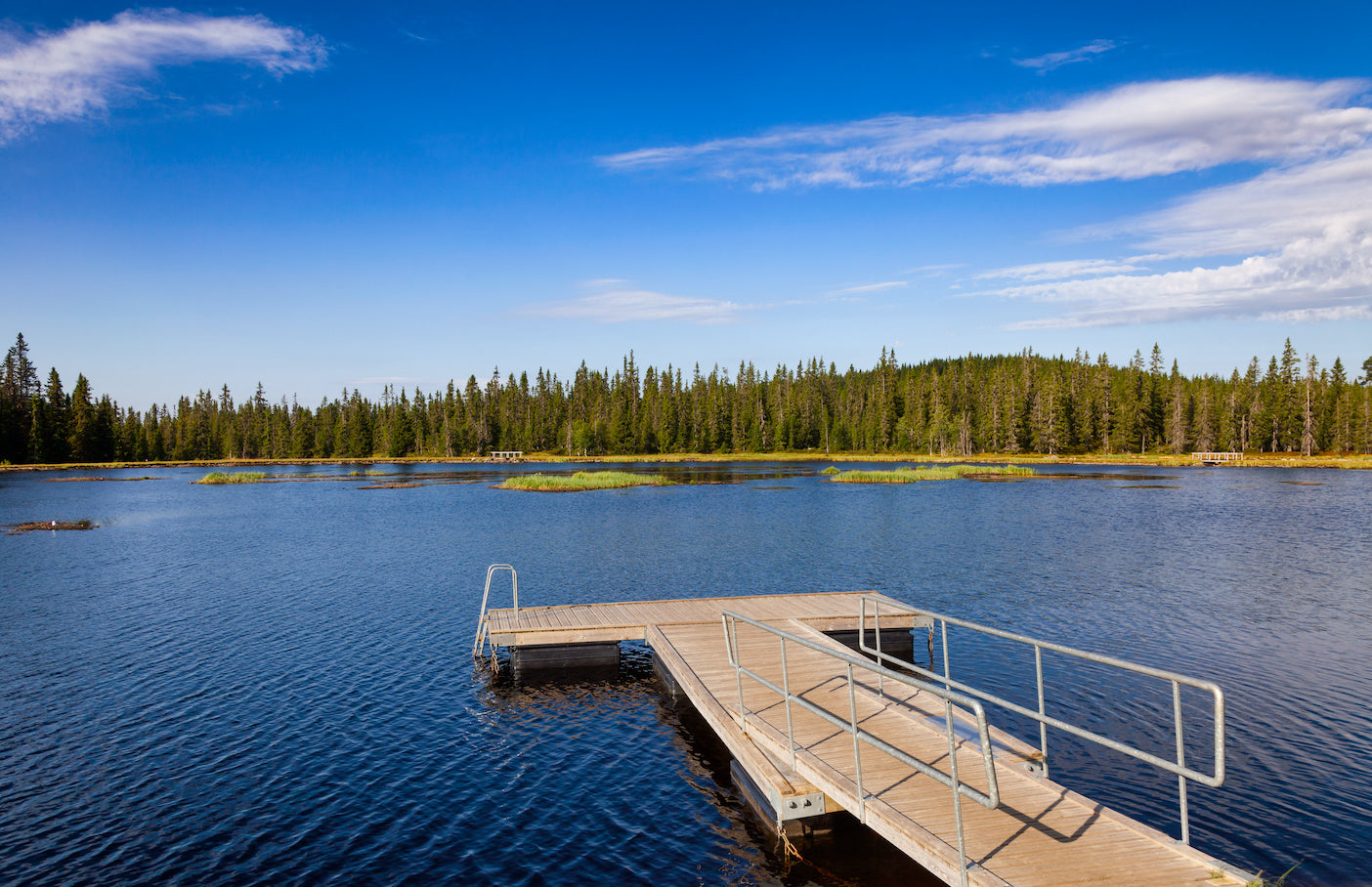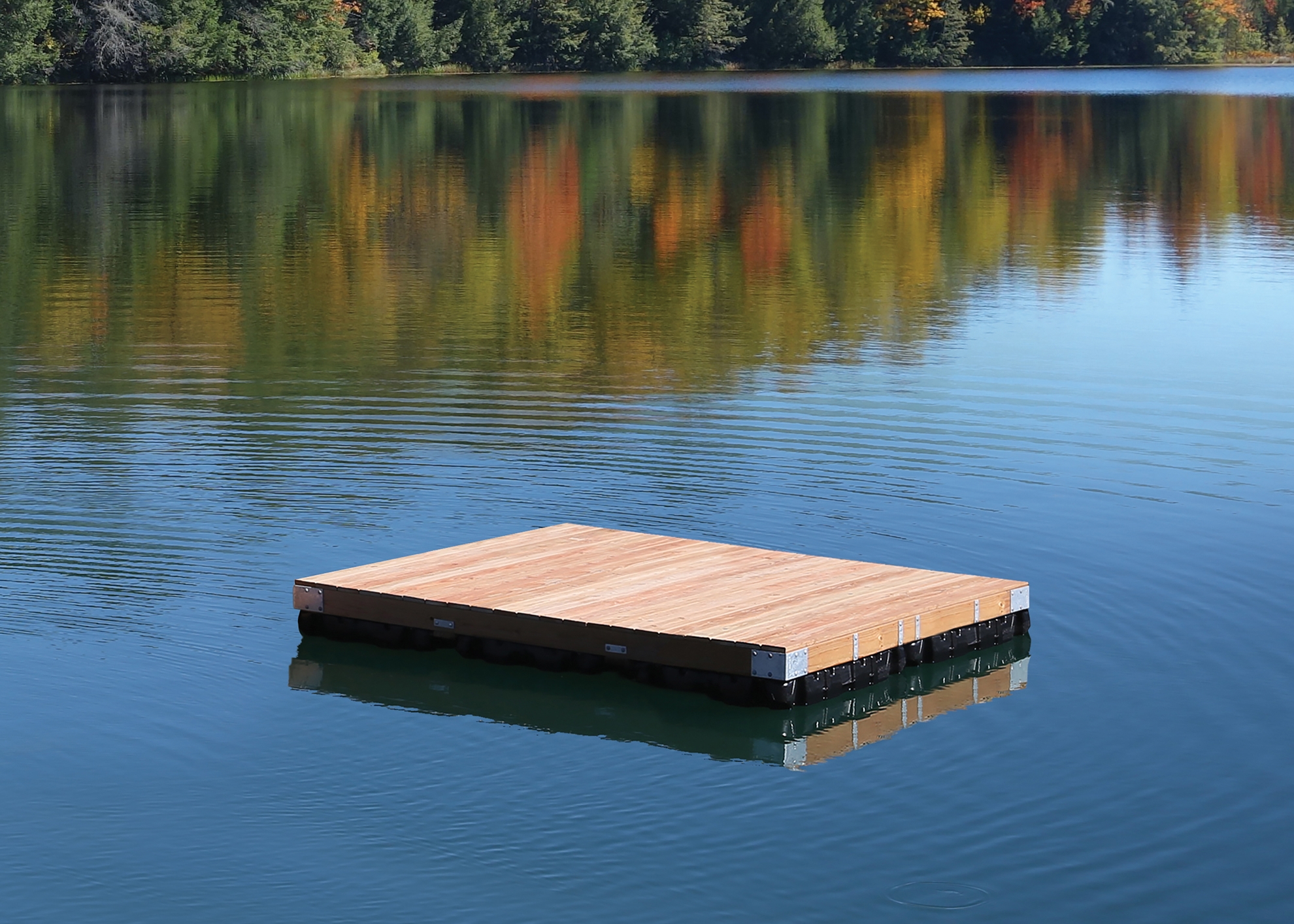Innovative Floating Docks: The Future of Waterside Gain Access To and Leisure
Upgrade Your Beachfront With Durable Floating Docks
Updating your beachfront with resilient floating docks can significantly enhance both performance and visual appeals, supplying a functional solution for various water activities. With a variety of products readily available, including low-maintenance choices and typical wood, selecting the best dock can match your individual design and fulfill practical requirements.
Benefits of Floating Docks
Floating docks deal a plethora of benefits that enhance their appeal for various maritime applications. One of the key advantages is their flexibility to altering water levels - floating dock company. Unlike standard fixed docks, floating docks fluctuate with the tide, ensuring consistent access for watercrafts and boat despite environmental conditions. This function significantly reduces the threat of damages to vessels, as they remain securely anchored even during variations in water deepness.
In addition, floating docks are much easier to install and transfer, offering adaptability for short-term or seasonal use. Their modular style enables personalization to fit specific demands, whether for exclusive marinas, property waterfronts, or industrial applications.
Furthermore, floating docks create very little disruption to the marine environment, preserving neighborhood ecosystems and lowering the probability of disintegration. They likewise offer improved security and security for individuals, as their resilient nature supplies a more forgiving surface than inflexible structures.
Moreover, floating docks can facilitate a diverse variety of tasks, such as angling, swimming, and recreational boating, making them an important asset for waterside advancement. Their convenience and usefulness make floating docks a preferred choice for a variety of marine jobs.
Choosing the Right Products
Selecting ideal products for floating docks is essential to their long life, efficiency, and total performance. When choosing materials, consider factors such as environmental exposure, maintenance needs, and architectural honesty. Common products consist of timber, plastic, light weight aluminum, and composite choices, each offering unique advantages and downsides.
Wood, while visually pleasing, requires routine upkeep to stop rot and degeneration. Pressure-treated wood can enhance sturdiness, however it may still succumb to water damages with time. Plastic floats, frequently made from high-density polyethylene, are resistant to deterioration and call for very little upkeep, making them an attractive selection for low-maintenance applications.
Light weight aluminum is one more viable choice, understood for its strength and light-weight residential or commercial properties. It is resistant to corrosion and can stand up to severe climate condition, although it may be extra expensive than various other materials. Compound materials combine the very best attributes of wood and plastic, supplying a low-maintenance and resilient choice that simulates the appearance of timber without the associated downsides.
Eventually, the selection of material should line up with the meant usage, environmental factors to consider, and budget plan restraints, making sure a resilient and useful floating dock that fulfills your particular requirements.
Installment Process Review
The effective setup of a floating dock depends on careful planning and implementation, guaranteeing that it runs efficiently in its desired environment. The primary step involves assessing website problems, including water deepness, coastline features, and prevailing climate patterns, which will certainly inform the dock layout and anchoring system.
Following the site evaluation, the following phase is to prepare the floating dock parts. This includes putting together the structure, safeguarding floats, and connecting any essential equipment. It is essential to make certain that all connections are durable and water-resistant to endure aquatic problems.
As soon as the dock is set up, my link the installation procedure begins with placing the dock in the water. This can entail a crane or various other training equipment, especially for bigger structures. Proper placement is necessary for capability and safety and security.

Maintenance Tips for Durability
Routine maintenance is essential for ensuring the durability and optimum efficiency of a floating dock. To accomplish this, begin with routine evaluations a minimum of twice a year, concentrating on the integrity of the dock's framework, including the flotation tools and linking hardware. Search for indications of damages, corrosion, or wear, and resolve any type Website of problems immediately to stop more degeneration.
Cleaning is one more crucial element of maintenance. Remove particles, algae, and barnacles from the dock's surface area to avoid unsafe problems and maintain aesthetic charm. Make use of a mild detergent and a soft brush to avoid damaging the dock's materials.
Furthermore, make certain that the dock is correctly anchored and protected to hold up against seasonal changes in water levels and climate condition. Check the anchoring system for stability and make adjustments as needed.
Enhancing Your Outside Visual
To develop an aesthetically enticing exterior space, incorporating a floating dock can substantially enhance the overall visual of your waterfront residential property. Floating docks are not only useful yet can additionally serve as a striking focal point that matches the natural surroundings - floating docks. Available in various products and layouts, these docks can be tailored to match your building's building design and landscape
The addition of decorative elements, such as integrated lights or elegant railings, even more elevates the dock's aesthetic allure. Think about utilizing natural timber surfaces, which blend seamlessly with the setting, or selecting contemporary materials like light weight aluminum or composite outdoor decking that provide a sleek, modern look.
Strategically positioning planters or seating areas on or around the dock can create welcoming areas that motivate relaxation and satisfaction of waterside sights. Furthermore, incorporating shades and structures that integrate with your landscape will certainly create a natural aesthetic throughout your exterior location.

Final Thought

Upgrading your beachfront with additional reading resilient floating docks can substantially enhance both performance and aesthetics, providing a flexible solution for different water tasks. Unlike conventional set docks, floating docks increase and loss with the tide, making sure regular accessibility for watercrafts and boat regardless of environmental problems.Picking suitable materials for floating docks is essential to their longevity, performance, and total performance.Once the dock is put together, the installment procedure commences with positioning the dock in the water.In summary, floating docks offer many benefits, consisting of adaptability to water level modifications and a variety of material options.